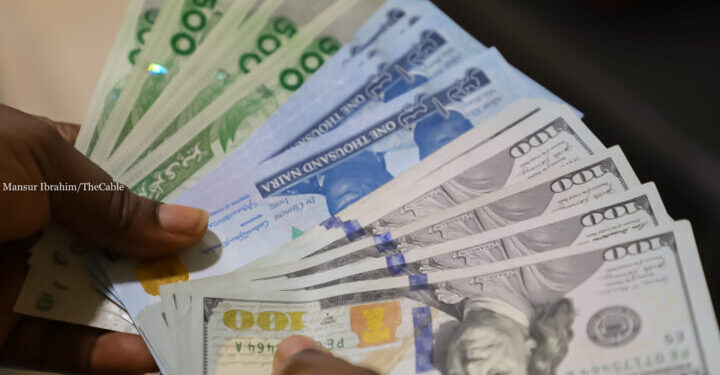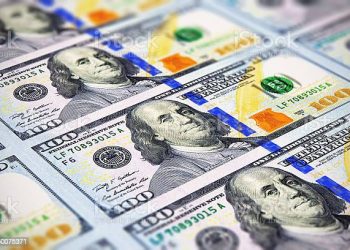In a deviation from its recent winning streak, the Nigerian naira witnessed its first weekly decline against the American dollar on the parallel market, signaling a temporary pause in its surge above the N1200/$ band.
The naira’s remarkable performance, which had propelled it to the status of the best-performing currency globally since late March, encountered a setback as it recorded its first weekly decline in several weeks on the unofficial market.
On Sunday, the U.S dollar was traded at N1,207, marking a 15 percent decrease from its peak of N1,050/$ observed the previous Monday.
Recent market indicators point to an increase in the demand for the dollar, although the naira has managed to recover some ground after dipping to N1236/$. However, sustained momentum is required to break below the N1200/$ threshold once again.
Furthermore, the naira experienced a 1.38 percent depreciation against the dollar at the official market on Friday, dropping to N1,169.99 from N1,154.08 recorded on April 18.
Vice President Kashim Shettima expressed confidence in the naira’s upward trajectory against the dollar, emphasizing that the bullish trend is expected to persist. “Naira went haywire and some people were celebrating but inwardly we were laughing at them because we knew that we have the leadership to reverse the trend,” Shettima remarked.
While the dollar maintained its strength against other major currencies amid concerns about prolonged higher interest rates, foreign exchange traders mitigated worries about escalating tensions in the Middle East, providing some relief to regional currencies.
Despite a marginal decline in Asian trade on Monday, both the dollar index and dollar index futures remained near their earlier April highs, signaling the dollar’s resilience.
The focus for the week ahead revolves around additional insights into US monetary policy, particularly from data on the PCE price index, the Fed’s preferred inflation gauge. Expected to be released on Friday, the report is anticipated to confirm that U.S. inflation remained elevated in March.
Investors remained cautious about potential government intervention as the Japanese yen exhibited stability, trading above the 154 mark. Concerns heightened as the USDJPY pair tested 34-year highs at 155, prompting vigilance among investors regarding possible government actions.
Despite the challenges, the Nigerian naira’s performance remains closely monitored amidst evolving market dynamics and global economic trends.











